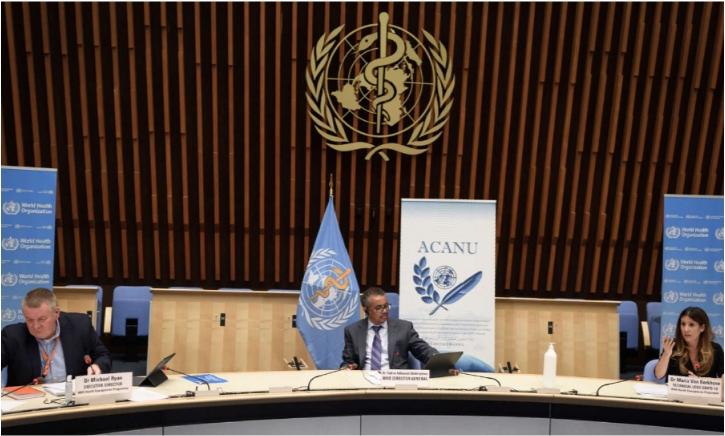
In a shocking study, researchers from the University of New Mexico have uncovered startling levels of microplastic contamination in newborn babies, raising serious concerns about the extent of plastic pollution in our environment.
The study, which focused on infants in New York City, found that babies had significantly higher concentrations of microplastics in their guts compared to adults living in the same area. This discovery challenges previous assumptions about the extent of plastic ingestion among humans and highlights the urgent need for further research into the health impacts of microplastic exposure, especially on vulnerable populations like infants.
The researchers collected fecal samples from six one-year-old babies and ten adults, as well as meconium (earliest stool) from three newborns. They analyzed these samples using mass spectrometry to detect the presence of two common types of microplastics: polyethylene terephthalate (PET) and polycarbonate (PC).
The results were alarming. On average, the feces of one-year-old babies contained ten times more PET microplastics than adult feces. Even more concerning, meconium from newborns showed concentrations of microplastics that were similar to those found in adult feces, indicating that infants are exposed to high levels of microplastics from a very early age.
The study also highlighted the possible sources of microplastic exposure in infants, including child-safe plastic feeding utensils, pacifiers, sippy cups, and plastic toys that babies often chew on while teething. Additionally, the researchers noted that infants may be exposed to microplastics through the air and dust in indoor environments, as well as through the consumption of food and liquids stored in plastic containers.
While the health impacts of ingesting microplastics are still not fully understood, recent studies have suggested that these tiny particles can enter the circulatory system and potentially affect cell function. This raises concerns about the long-term health effects of microplastic exposure, particularly for infants whose bodies are still developing.
The researchers emphasized the need for further studies with larger sample sizes to confirm their findings and to better understand the implications of microplastic exposure on human health. They also called for more awareness and action to reduce plastic pollution and protect vulnerable populations from its harmful effects.
This study underscores the urgent need to address the issue of plastic pollution and its impact on human health. As the researchers continue to investigate the effects of microplastic exposure, it is clear that more needs to be done to protect the health and well-being of future generations.
